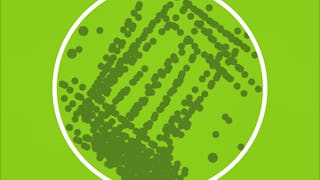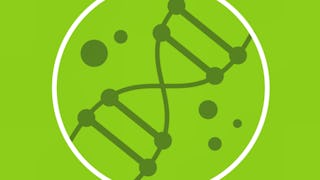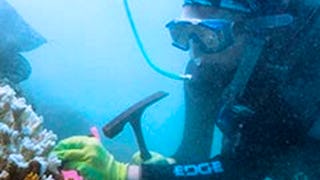This course was produced by the Algae Technology Educational Consortium and UC San Diego with funding from the Algae Foundation, the National Renewable Energy Lab, and the U.S. Department of Energy.



(66 reviews)
Recommended experience
What you'll learn
Introductory seaweed farming techniques.
Basic seaweed cultivar domestication.
Seaweed identification, systematics and evolutionary relationships.
Skills you'll gain
Details to know

Add to your LinkedIn profile
26 assignments
See how employees at top companies are mastering in-demand skills


Earn a career certificate
Add this credential to your LinkedIn profile, resume, or CV
Share it on social media and in your performance review

There are 7 modules in this course
This section will cover what algae are, how they've evolved, and how they've transformed our planet. We will also go over how humans have used algae throughout history.
What's included
4 videos7 readings3 assignments
Algae are extremely diverse, and in this section you will learn about the three distinct seaweed taxa.
What's included
4 videos8 readings4 assignments
Seaweeds are found almost everywhere and have complex ecologies. This section covers the basics of seaweed ecology including some of the organisms they interact with in nature and in industrial settings.
What's included
5 videos10 readings5 assignments
This week includes techniques for the cultivation and marine agronomy of seaweeds including open water and tank cultivation.
What's included
6 videos12 readings6 assignments
This section will cover how humans have used seaweed as a medicine, in religion and folklore, and in community events throughout history.
What's included
2 videos4 readings2 assignments
In this section we will examine the important steps of seaweed product development and utilization. From simple foods to fuels and plastics.
What's included
4 videos8 readings4 assignments
In the final week of this course, we will describe modern biotechnology efforts to improve the nature of seaweed cultivars through the use of genetic manipulation and modification.
What's included
2 videos4 readings2 assignments
Instructors


Offered by
Why people choose Coursera for their career




Learner reviews
66 reviews
- 5 stars
86.36%
- 4 stars
9.09%
- 3 stars
3.03%
- 2 stars
1.51%
- 1 star
0%
Showing 3 of 66
Reviewed on Apr 8, 2024
This course is helpful, but it requires upgrades to the PowerPoint slides.
Reviewed on Jun 20, 2023
Its amazing and informative session about seaweeds i didn't expect that they are so useful and valueable. I rearly suprised and ejoyed at all.
Reviewed on May 3, 2023
The course is well presented and very helpful specially to my current project.

Get access to all these courses and more with a subscription


University of California San Diego


University of California San Diego


University of California San Diego


American Museum of Natural History
Career resources

Unlock access to 10,000+ courses with a subscription
Explore roles and skills, learn more effectively with Coursera Coach, and earn recognized credentials
Advance your career with an online degree
Earn a degree from world-class universities - 100% online
Join over 3,400 global companies that choose Coursera for Business
Upskill your employees to excel in the digital economy
Frequently asked questions
Access to lectures and assignments depends on your type of enrollment. If you take a course in audit mode, you will be able to see most course materials for free. To access graded assignments and to earn a Certificate, you will need to purchase the Certificate experience, during or after your audit. If you don't see the audit option:
The course may not offer an audit option. You can try a Free Trial instead, or apply for Financial Aid.
The course may offer 'Full Course, No Certificate' instead. This option lets you see all course materials, submit required assessments, and get a final grade. This also means that you will not be able to purchase a Certificate experience.
When you purchase a Certificate you get access to all course materials, including graded assignments. Upon completing the course, your electronic Certificate will be added to your Accomplishments page - from there, you can print your Certificate or add it to your LinkedIn profile. If you only want to read and view the course content, you can audit the course for free.
You will be eligible for a full refund until two weeks after your payment date, or (for courses that have just launched) until two weeks after the first session of the course begins, whichever is later. You cannot receive a refund once you’ve earned a Course Certificate, even if you complete the course within the two-week refund period. See our full refund policy.
More questions
Financial aid available,


